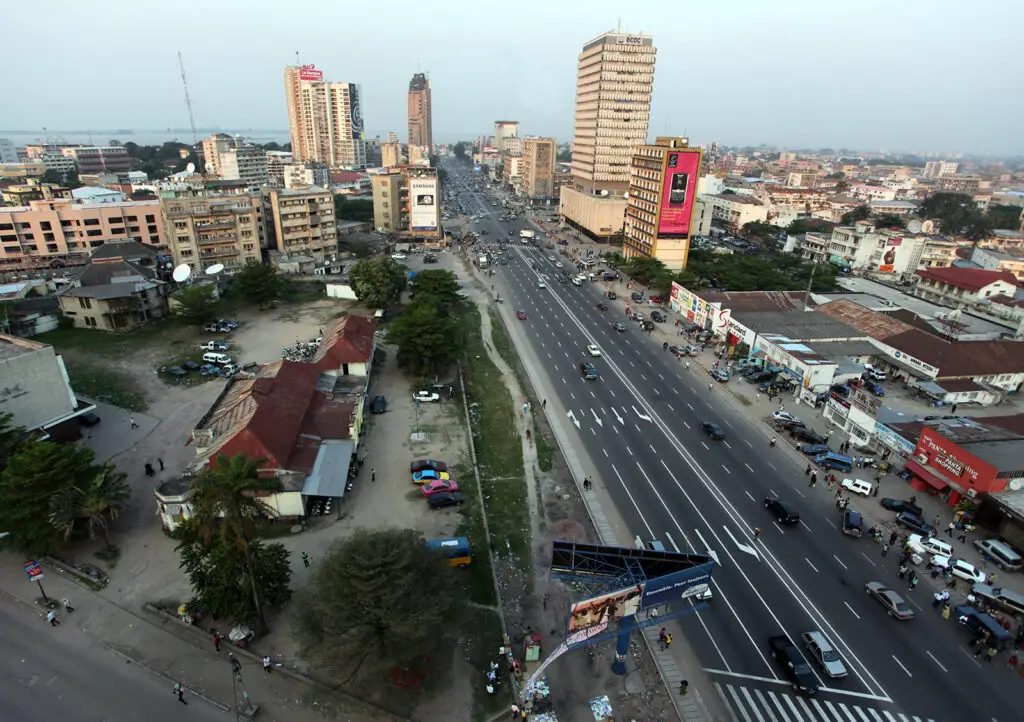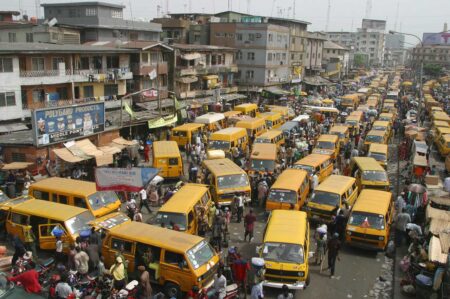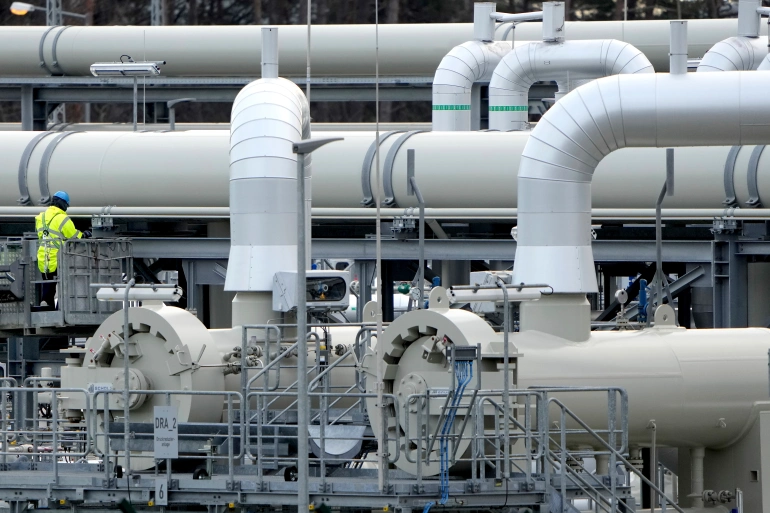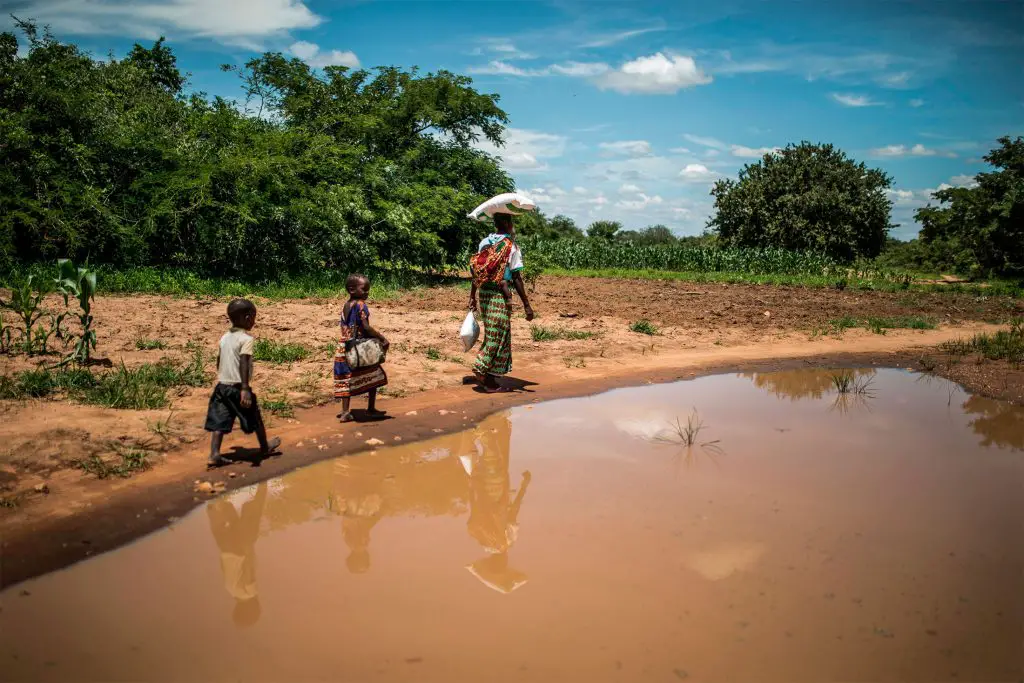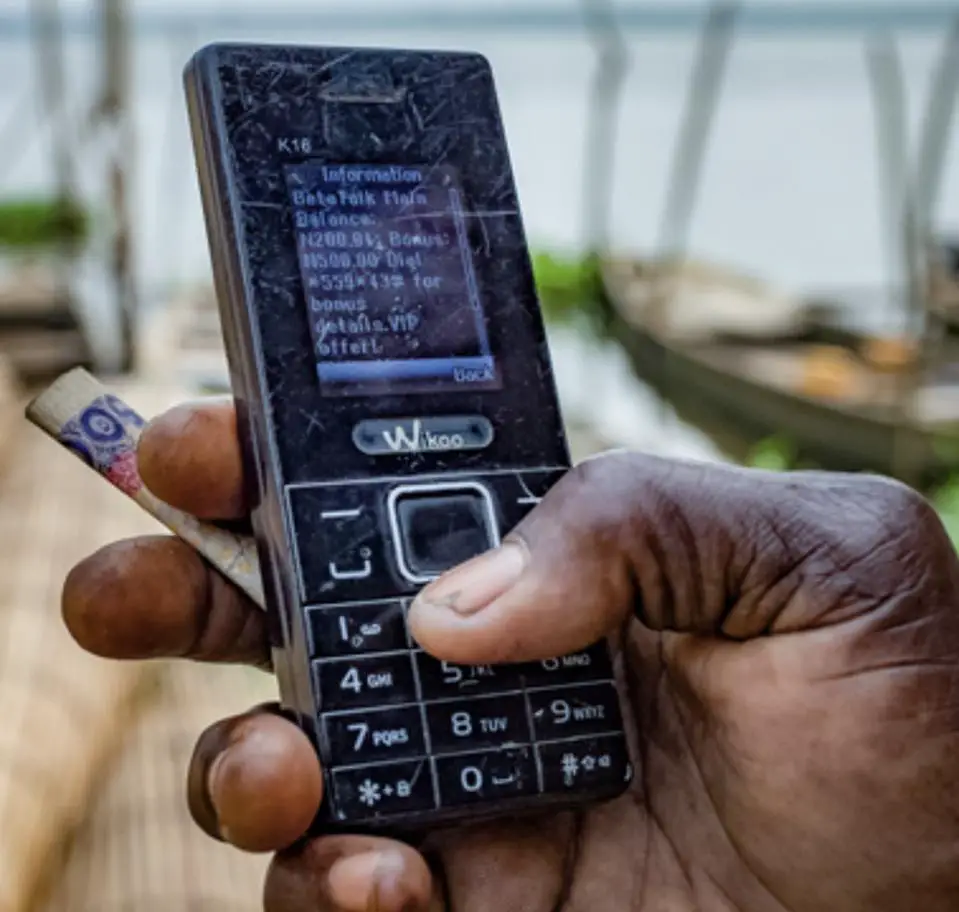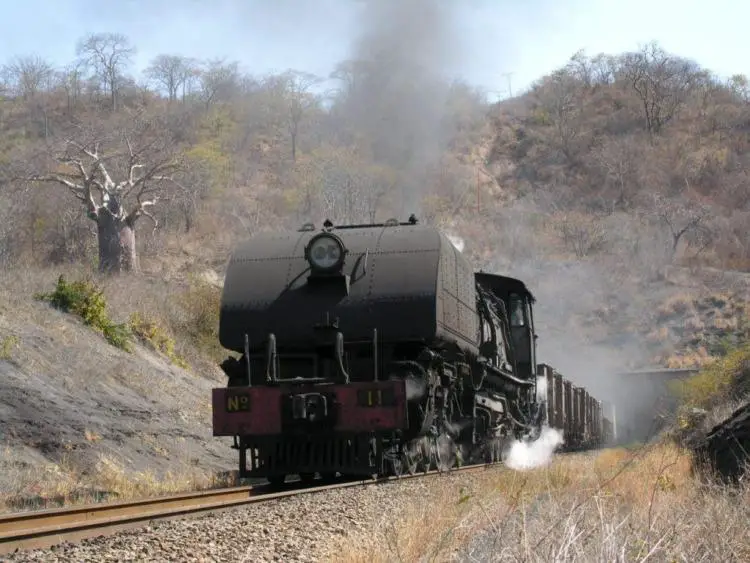- Africa’s new dawn: the rising role of digital and AI in agriculture
- Can Dangote Refinery Transform Africa Energy Ambition
- Gallup Survey: 80 per cent of Kenyan Workers Are Disengaged and Seek New Opportunities
- Madagascar Man Freed from 5KG Tumor After 15-Year Struggle
- How women in Africa are perceived and treated
- Sugar consumption in Kenya to Increase to 1.23 Million Tonnes
- Can Somalia and Turkey Oil deal Bring Change in Somaliland
- Remittances to Kenya dropped to $371.6 million in June, marking a six month low
Browsing: Southern Africa
- East African cities dominate the top five performing cities, including Kampala, Antananarivo, Mwanza, and Dar Es Salaam.
- While Sub-Saharan cities are expected to witness marginal gains in productivity compared to global counterparts
- Despite currently being the second-largest region by aggregate city GDP, the report forecasts that the South will be overtaken by the East African Cities by 2050.
East African cities are poised for strong economic growth between 2024 and 2050, outpacing other regions on the continent, an analysis by Oxford Economics has shown.
The report indicates that these cities will experience an average GDP growth rate of 3.5 per cent annually, primarily fueled by significant inflows of foreign direct investment and strategic initiatives the East African Community (EAC) implemented to bolster sectors such as business services and manufacturing.
In contrast, Southern African cities are anticipated to face the weakest outlook, with a projected GDP growth rate of 1.7 per …
The COVID-19 pandemic drastically altered the global education landscape. Consequently, it pushed educators to innovate rapidly and adapt to new modes of teaching and learning. In Southern Africa, the pandemic prompted a swift shift towards blended learning. This involved a combination of in-person and online education, as schools and universities temporarily closed their physical doors. The need to ensure continuity in education while minimizing the risks of virus transmission drove this unprecedented change in the education sector. Among the various approaches adopted during this period, e-learning emerged as a powerful tool with the potential to revolutionize education in Southern Africa. As such, the region’s education sector can harness the power of gamification to shape a brighter future for its students.…
- Central Africa’s economic performance was powered by the DRC, which grew at a jaw-dropping 8.5% in 2022.
- Central Africa growth rate was higher than the African average, which is estimated at 3.8% in 2022, down from 4.8% in 2021.
- The region id projected to settle at 4.9% in 2023 and 4.6% in 2024.
Central Africa achieved real GDP growth of 5.0 per cent in 2022 compared with 3.4 per cent in 2021, as the region posted the strongest performance compared to other regions in the continent.
This was in terms of growth, inflation and budget deficit, a new report by the African Development Bank (AfDB) indicates.
Central Africa oil, minerals and commodities’ wealth
The rebound in economic activity was driven by favourable prices for raw materials. Increasingly, Central Africa economies are turning out to be a net exporter of crude oil, minerals and other commodities.
In comparison, the region’s …
- East Africa is anticipated to have the highest performance, surpassing other regions.
- Central Africa is projected to experience growth of 4.7% in 2022, up from 3.6% in 2021.
- West Africa’s growth fell to 3.6% in 2022, down from 4.4% in 2021. In the medium term, it is anticipated to increase, hitting 4.1% in 2023.
- In 2022, growth in Southern Africa is projected to continue modest, falling to 2.5% from 4.3% in 2021.
The slowing of Africa’s average growth conceals cross-regional variances, which primarily reflect disparities in the structure of economies, commodity dependency, differential impact of global exogenous shocks, and domestic policy responses to buffer the impact of these shocks.
According to the new biannual publication of the African Development Bank Group, Africa’s Macroeconomic Performance and Forecast, East Africa is anticipated to have the highest performance, surpassing other regions.
This, as economies in the region continue to implement post-Covid-19 epidemic recovery …
- The war in Ukraine has shown how dependent Europe is on natural gas for power. Before the conflict broke out in February this year, Russia supplied up to 40 per cent of Europe’s gas requirements.
- As Russia cuts supplies, these nations are rushing to strike deals in Africa as prices soar.
- Significant investments are needed to build Africa’s trans-regional and intercontinental pipelines to open up access to Europe
The global realignment triggered by the war in Ukraine ushered in a period of transition on the African continent. The current conflict exposed and exacerbated tensions in international agricultural commodity markets existing amid the COVID-19 pandemic. Import-dependent countries with low per capita incomes are particularly vulnerable to shocks occurring amid the war in Ukraine, which further increase their risk of food insecurity.
The agricultural sector is not the only one that is experiencing disruptions; the global energy sector is suffering the same …
The shrinking economy and resulting unemployment have given birth to an informal economy that has spiralled out of control. Treasury and monetary authorities have been at pains to find ways they can tax the informal sector. The informal economy is difficult, if not impossible, to absorb into the formal economy or to include in the tax pool from which the government can draw revenue.
As the formal economy shrinks, so has Zimbabwe’s effective tax revenue stream, and this problem can only be arrested and mitigated by a growing economy.
An economy characterized by slow or negative growth makes it more difficult for the government to repair its finances. This is because there is a positive relationship between a country’s tax pool and the growth of the economy. A shrinking economy brings with it the added cost of having to provide social safety nets for the vulnerable members of its society.…
Africa’s fast population growth exacerbates the issue. According to most estimates, Africa’s population will double by 2050 and then double again by 2100, finally reaching over 4 billion by the end of the century. Feeding Africa’s rising population will need considerable breakthroughs in the continent’s food systems.
However, agricultural progress may be difficult if African farmers are subjected to more severe climatic effects. To prepare for these future difficulties, one must understand how climate change will materialize in Africa and its impact on the continent’s agricultural systems.…
In 2020, total transaction values climbed by 22% to hit US$767 billion. or the first time, and in a pandemic, the industry is processing more over US$2 billion per day which has more than doubled since 2017.
The GSMA predicts that by the end of 2022, this value will be in excess of US$3 billion every single day. Some of the innovations that will help propel this growth include APIs and regulation initiatives like tightening transaction and balance limitations which could bolster the industry’s transaction values growth.
Transaction costs remain a big concern for many with users calling for a review of this in countries like Kenya. When the pandemic was announced in Africa, Kenya and Ghana- which also happen to be the continent’s two biggest mobile money markets– were swift to scrap fees on small person-to-person transactions. …
The company, given the first resources boom and the second one currently being enjoyed, should be awash with cash. Instead, the company is heavily indebted to the tune of between US$70 million and US$160 million which it attempted to expunge unsuccessfully through a rights issue in 2015.
The company has been limping along financially for years. In 2019 it was reported that its liabilities exceeded assets by US$19 million. This development made it doubtful that the company could carry on as a going concern after having been placed under judicial management.
The recent interim financial results presented by the company offer some consolation to investors who have been suffering for long.…
Since then the company has pursued a highly aggressive growth strategy constituting of both organic and acquisitive growth. Sibanye in a very short space of time acquired the Cooke operations from Gold One International in 2013 and the Burnstone project from Wits Gold the following year. The aim of this aggressive growth strategy was to produce more sustainable gold operations.
The story of growth did not stop there.
Soon the company set its sights on the platinum sector and began to snap up various interests and operations in that space. In 2016 Sibanye acquired the Aquarius Platinum’s Rustenburg operations namely Kroondal mine as well as the Platinum Mile treatment facility in South Africa and in Zimbabwe it took over the Mimosa joint venture with Impala Platinum. Later that year the company also bought the Rustenburg operations of Anglo Platinum.…







